I'm trying to drive a 12-24 V DC motor with MCU PWM output. My design is based on a totem pole gate driver
First I use a voltage divider to provide the full-on gate voltage (10 V) for my power MOSFET.
Schematic:
I use R3 and Q4 to turn off both totem pole transistors. The DC motor is simulated with DC power. Switch S1 is used for MCU startup situations to not run the motor at startup.
I ran the simulation in Multisim and it shows the MOSFET never turns off and the current in PWM mode is lower than I am expected.
What part of this design is missing? Can a simpler design be made that is robust for different DC motor voltages?
The circuit was made in online Multisim and is available through this link.
new circuit using an optocoupler to isolate the powers
updated circuit



